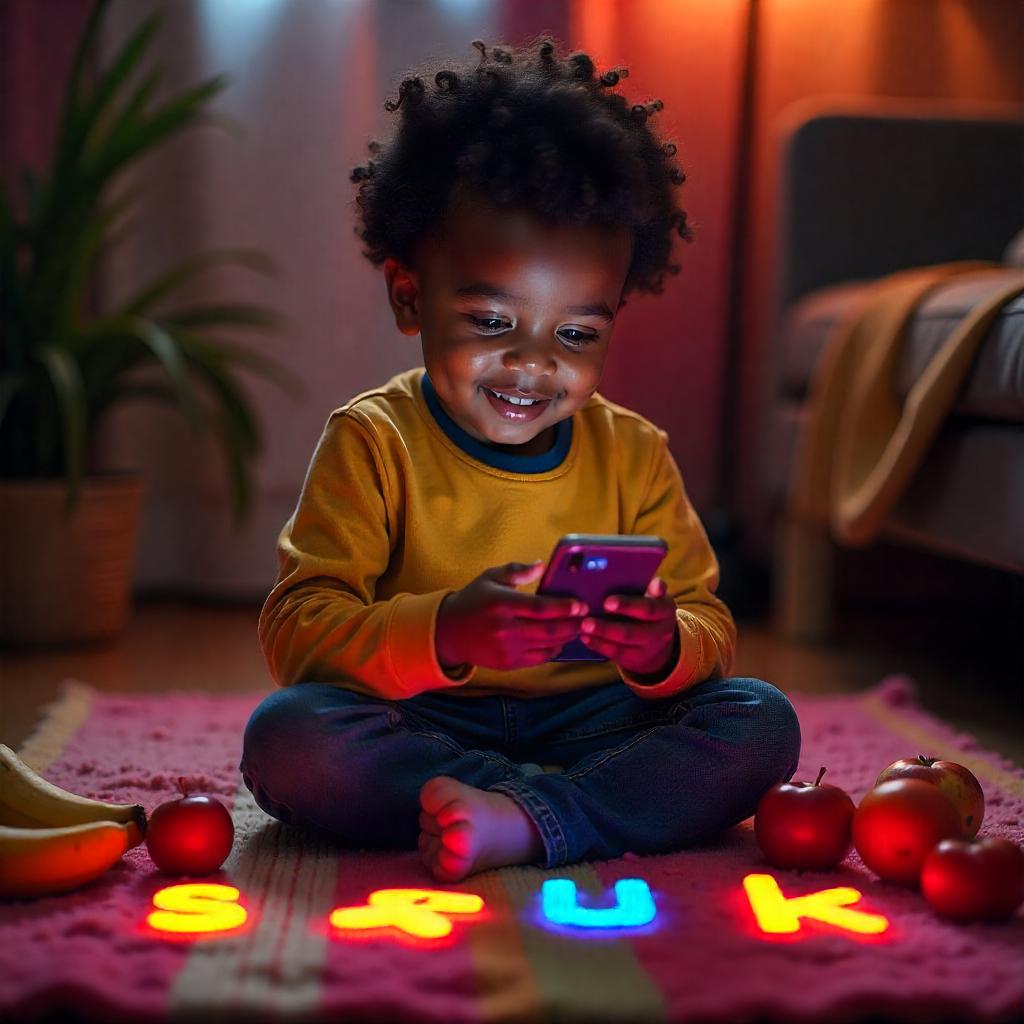
Holi Festival for Kids: Safety Tips Every Parent Should Know
The Holi Festival for Kids is pure magic—imagine your little ones giggling, their cheeks streaked with colors, and the air filled with laughter. But for

It’s no secret—TV can be a convenient way to entertain kids. Whether it’s a short break for you or just a way to fill some time, a few episodes might seem harmless. But if TV time becomes a regular habit, it can quick turn into TV Addiction and take a toll on your child’s development.
What if we told you there’s a better way? Educational apps are a fantastic alternative. They make screen time more engaging and productive, turning it into a chance for kids to learn while they play. Let’s take a look at why educational apps are the smarter choice and how to make the switch from TV time to screen time that actually adds value.

TV is easy, but it’s not always the best option for growing minds. Here’s why:

Unlike TV, educational apps are designed to engage kids in active learning. They turn screen time into an opportunity for growth and exploration, helping children build critical skills while having fun.
For instance, apps like PlayPixo combine fun activities with skill-building, making learning something kids look forward to.

Transitioning from hours of TV to purposeful screen time doesn’t have to feel like a battle. Here are a few tips to make the change smooth and successful:
Set Clear Screen-Time Rules: Create a daily screen-time schedule that balances app use with other activities, like outdoor play, reading, or family time.
Introduce Apps as Fun, Not “Homework”: Position educational apps as exciting tools for games and exploration. Highlight features like puzzles, rewards, or colorful graphics to spark interest.
Use Apps Together: Join your child while they explore an app. Your engagement not only strengthens your bond but also shows them that learning can be enjoyable and collaborative.
Start Small: Gradually replace one TV session with app time. For instance, swap out morning cartoons for a quick math game or reading app.
Choose High-Quality Apps: Look for apps with positive reviews, age-appropriate content, and a focus on interactive learning. Apps like PlayPixo and ABCmouse are excellent places to start.

Educational apps are interactive and hands-on, promoting active learning and skill development. TV, while entertaining, is a passive activity that offers less engagement.
Look for apps that balance fun with education, such as ones focused on math, literacy, creativity, or emotional development. Apps like PlayPixo are specifically designed for kids to learn while they play.
The American Academy of Pediatrics recommends no more than one hour of screen time per day for kids aged 2-5, focusing on high-quality content.
Apps are a great supplement to hands-on learning, but they shouldn’t replace physical play, social interaction, or family activities. Think of them as a valuable tool in a balanced routine.
Check reviews, look for certifications (like COPPA compliance), and choose apps with no ads or in-app purchases to ensure a safe experience for your child.
Breaking the TV addiction doesn’t mean saying goodbye to screens altogether—it means using them more purposefully. Educational apps transform screen time into a dynamic learning experience that engages kids, builds essential skills, and fosters curiosity.
So, the next time you’re tempted to hit “play” on another show, try introducing an app instead. You’ll not only reduce TV time but also give your child the tools to grow, learn, and thrive—all while having fun. With the right balance, screen time can become one of the most rewarding parts of your child’s day.